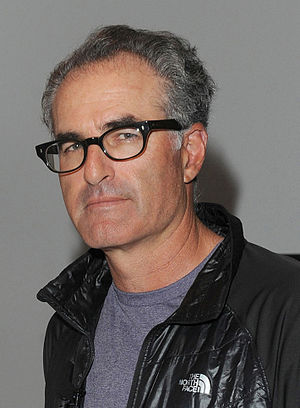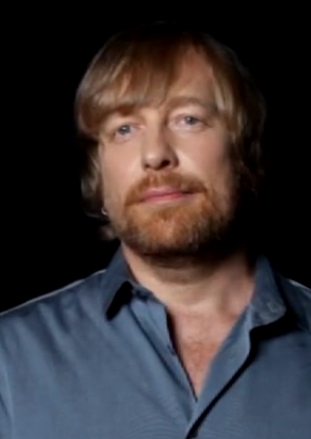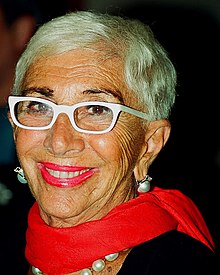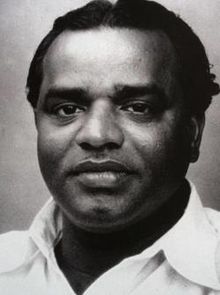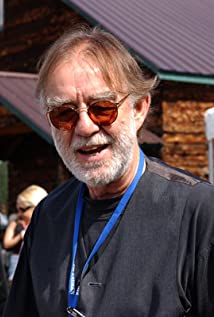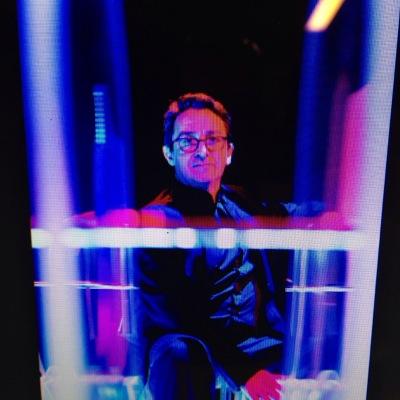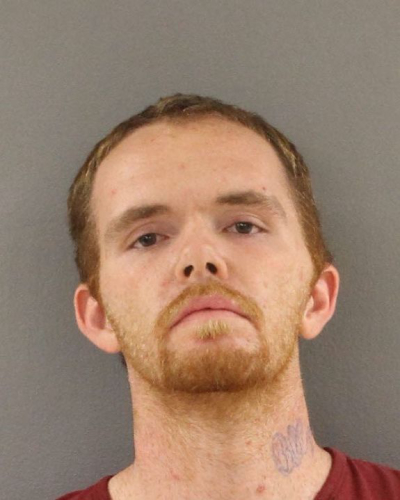Russ Meyer
Popular As Russell Albion Meyer (The Fellini of the Sex Industry, King Leer)
Birth Sign Aries
Birthplace San Leandro, California, U.S.
DEATH DATE 2004-9-18, Los Angeles, California, U.S. (82 years old)
Nationality United States
Height 6' 0¾" (1.85 m)
#19211 Most Popular



